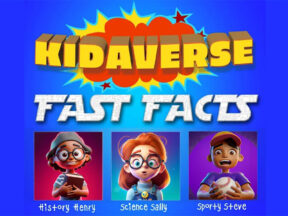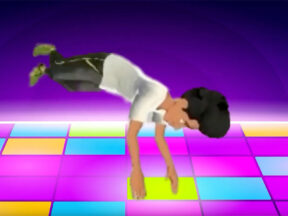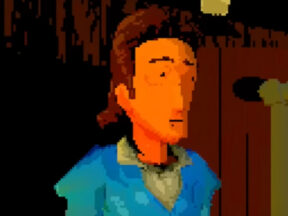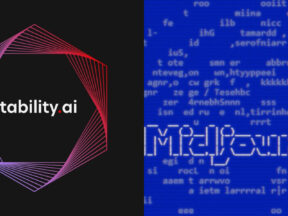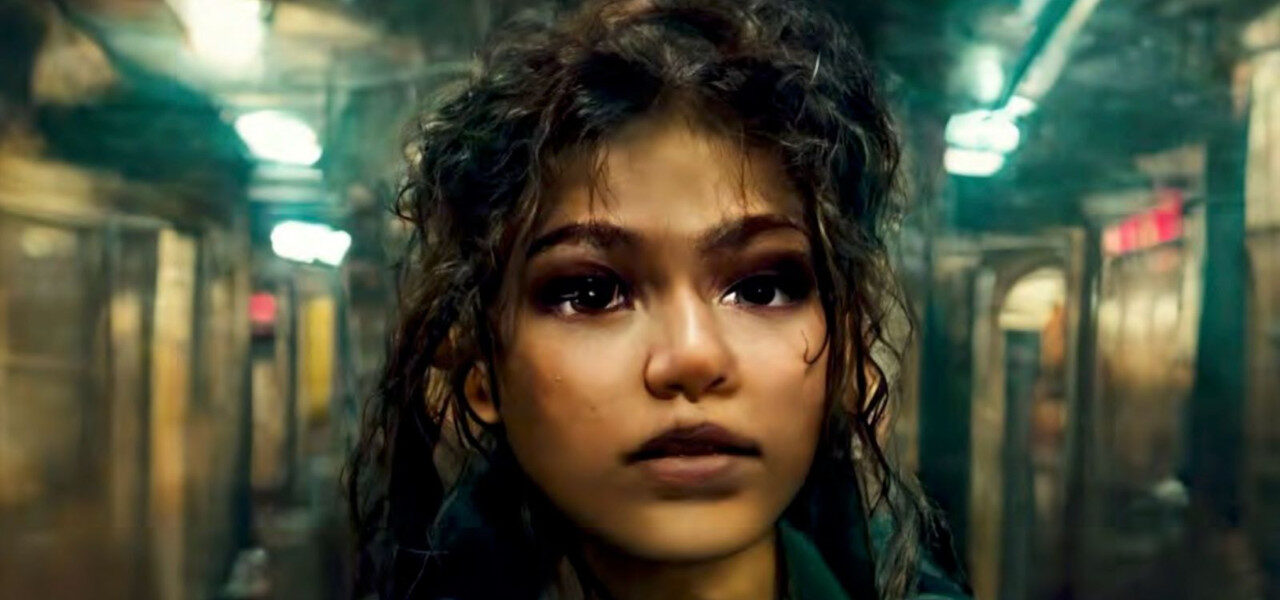
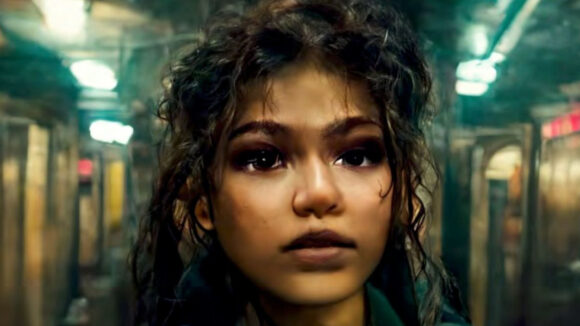
U.S. Copyright Office Says AI-Generated Images Do Not Qualify For Copyright Protection
In a decision that could have far-reaching implications for artists, the U.S. Copyright Office (USCO) has stated that AI-generated images are not protectable under current copyright law, as they “are not the product of human authorship.”
What’s the context for the office’s decision? USCO’s decision came after revisiting the copyright of the graphic novel “Zarya of the Dawn.” According to the office, copyright protection was granted to the book’s author Kris Kashtanova in error, as that original copyright included all of the images in the book which were generated using the Midjourney AI software. Although the images cannot be copyrighted, USCO did state that Kashtanova can copyright the parts of the book that she wrote and how the AI-generated images are arranged on the page.
Is there precedent for the decision? Explaining its reasoning, USCO cited the Compendium of U.S. Copyright Office Practices, which states that copyrights will be refused for any work not created by humans. Examples provided included “an application for a song naming the Holy Spirit as the author” and “a photograph taken by a monkey.” This means that the office’s decision applies to other AI-generated content such as stories, screenplays, and articles pieced together by AI programs like Chatgpt.
Why was the copyright issued in the first place? According to USCO, in the original filing, Kashtanova had not disclosed that the book’s artwork was created using Midjourny. The office only learned about the use of AI from later social media posts made by Kastanova to promote the book. After the discovery, USCO wrote to the author and told her that she’d need to provide additional information to avoid the copyright being canceled entirely.
What does that mean for the book? After Kashtanova provided the requested information in writing, USCO rescinded the original protection and issued a new copyright that only covers the writing and the layout of the images, not the images themselves. The new copyright is retroactive to the original issue date.
What’s next? USCO says that in the future it will continue to “register works that contain otherwise unprotectable material that has been edited, modified, or otherwise revised by a human author.” Kashtanova tweeted that she’s considering how to move forward, arguing that the Midjourney images were a “direct expression of my creativity and therefore copyrightable.” For things to be clearer in the future, a more concrete standard of how much human input is needed to constitute something being “the product of human authorship” may need to be established.
Is she right? Are AI images a direct expression of an individual’s creativity? Not according to USCO. The office argued that, unlike a photographer, Midjourney users have very limited control of the final images. Photographers manipulate framing, lighting, subject, exposure time, depth of field, composition, and more when creating a photograph. According to USCO, “The process by which a Midjourney user obtains an ultimate satisfactory image through the tool is not the same as that of a human artist, writer, or photographer… the initial prompt by a user generates four different images based on Midjourney’s training data. While additional prompts applied to one of these initial images can influence the subsequent images, the process is not controlled by the user because it is not possible to predict what Midjourney will create ahead of time.”
What does the decision mean for artists? As with most precedents being established regarding AI at the moment, it’s still hard to tell. According to Midjourney general counsel Max Sills, USCO’s decision was “a great victory for Kris, Midjourney, and artists.” Stills says that the Copyright Office is “clearly saying that if an artist exerts creative control over an image generating tool like Midjourney… the output is protectable.”
Other AI proponents argue that USCO’s ruling was a major blow to image-generating software users, many of whom echo Kashtanova’s sentiment that AI artists do the creative heavy lifting by coming up with the ideas and text prompts used to create the images.
USCO’s decision could be seen as good news for human artists who will still be able to copyright their images, as that protection may increase the value of the work. Whether or not the USCO decision is good for artists will likely only become clear over time, and may be affected by other ongoing AI-focused legal battles.
Pictured at top: Zarya of the Dawn

.png)
